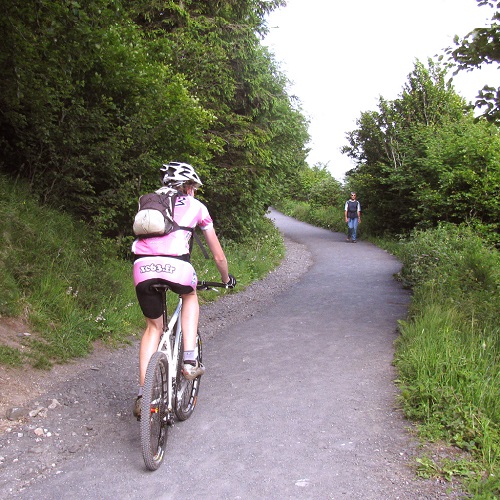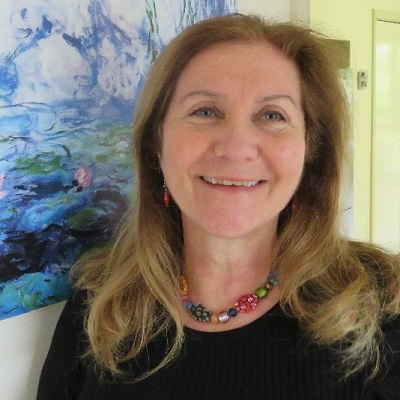Training and Education (TAE) – My Tour de Force Ride

When I enrolled earlier this year in a VET course, I knew I was in for a ‘fun ride’ the day the learning materials arrived in my inbox. My initial excitement to delve into the participant’s manual was soon replaced by a knot in my stomach. The first obstacle was clear; somehow my screen reader and I would have to work harder to access the student manual.
Being a person who prefers to persist rather than to give up, I went deeper into the digital resource. What happened next astonished me. My screen reader skipped merrily over the top of Flow Charts, information tables and training diagrams. Quoted text from industry references were in-bedded into graphics, some pages used hand written font, and the absence of formatted headings required for a screen reader to navigate a document meant one thing for me. The course was inaccessible. The digital terrain was going to be a tough climb.
Meet JAWS
I was first introduced to my ‘tandem’ computer buddy in 2000. The synthesised voice on my computer that accompanies me from start up to shut down is called Jaws (Job Access With Speech). The program is used worldwide for people like myself who are blind or have low vision. It enables me to work, read and function independently on a computer in a highly visual world.
I don’t need to use a ‘mouse’ or rely on seeing the cursor on the screen. JAWS navigates documents by assigning specific combinations of keys to carry out navigation and other computer necessities.
Working with a screen reader takes patience and tenacity but it also brings me a great sense of fulfilment and allows me to stay up to speed with my sighted peers.
Yet, some days, as if I am in my own Tour De Force, the challenges come thick and fast because people are not aware of the obstacles they place on my path.
Pedal Harder
Enrolling into a Training and Education (TAE) course was one such challenge. I was asked to provide evidence of my Language, Literacy and Numeracy (LLN) levels and complete a Pre-Training review. Sure, I was happy to follow the onboarding regulations.
The digital link and questionnaire arrived in my inbox. JAWS and I proceeded to pedal through the written questions. As a freelance writer, I was in my element.
Next check point was to answer the Numeracy questions. This was when JAWS and I crashed. Fifty percent of the questions required sight in order to calculate answers from a range of images, specific graphics or dotted lines inside a table of columns.
The frustration of the non-inclusive text threw me into action. I asked my sighted partner to audio describe the images for me. He patiently did so, at times, using his fingers to trace a shape onto my opened palm. On one question, he folded a piece of paper to represent a specified oblong to work out the perimeter.
The images got harder and more complex. When asked to calculate a volume of concrete required using a floor plan, I gave up. I submitted my answers feeling fully deflated.
When I am faced with a challenge, I turn to keeping a diary. I thought I could start to assess the assessment course.
Dear TAE Diary
Entry 1: The LLN test does not measure a learning gap, it shows a design gap. Students demonstrate their abilities in many different ways. A truly inclusive approach would begin at the course planning and design phase.
Entry 2: Generic instructions often do not work for vision impaired people. One example: ‘To join your online session, please click on the buttons at bottom of your screen, move your mouse around to find the menu, click the drop down box...’ I feel lost and inadequate before I have even begun.
After twenty-seven weeks of the TAE course, I have a file of over 20 pages. Some are personal reflections, and some note points for improvement. Has this course met my requirements? Time will tell.
For now, JAWS and I are focused on the finish line.
This is not a solo ride, and I truly appreciate the help I’ve had along the way. In my next article, I will share more about my support team as we traverse the downhill section.

Maribel Steel bio
Maribel Steel is a Melbourne-based freelance writer, award-winning speaker, mentor and educator. She is legally blind and enjoys independent travel with her guide dog. She has over 250 nonfiction articles published online and in print journals. She is currently studying Certificate IV Training and assessment using assistive technology.
Published: September 2021
Author
Maribel Steel

